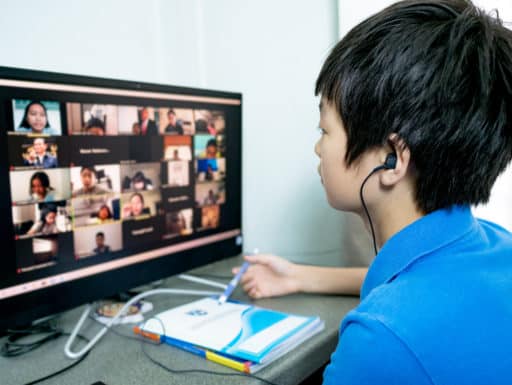research options
What is Self-Provisioned Fiber?
Building your own fiber connections is costly and complex, but it can be an investment in a long-term scalable technology solution. In many cases, fiber can last for 20 years or more, and self-provisioned fiber can typically easily scale to handle whatever bandwidth requirements arise in the future. This is an ideal solution for rural districts where no providers have fiber or are uninterested in building service to the area.
Leased lit service and self-provisioned are based on different economic models (upfront construction costs vs. monthly ongoing service provider fees), which makes comparing your broadband options more complex than in the past.
While it may not work for every district, in the changing market, self-provisioned could be a more scalable and affordable option for a school district.




